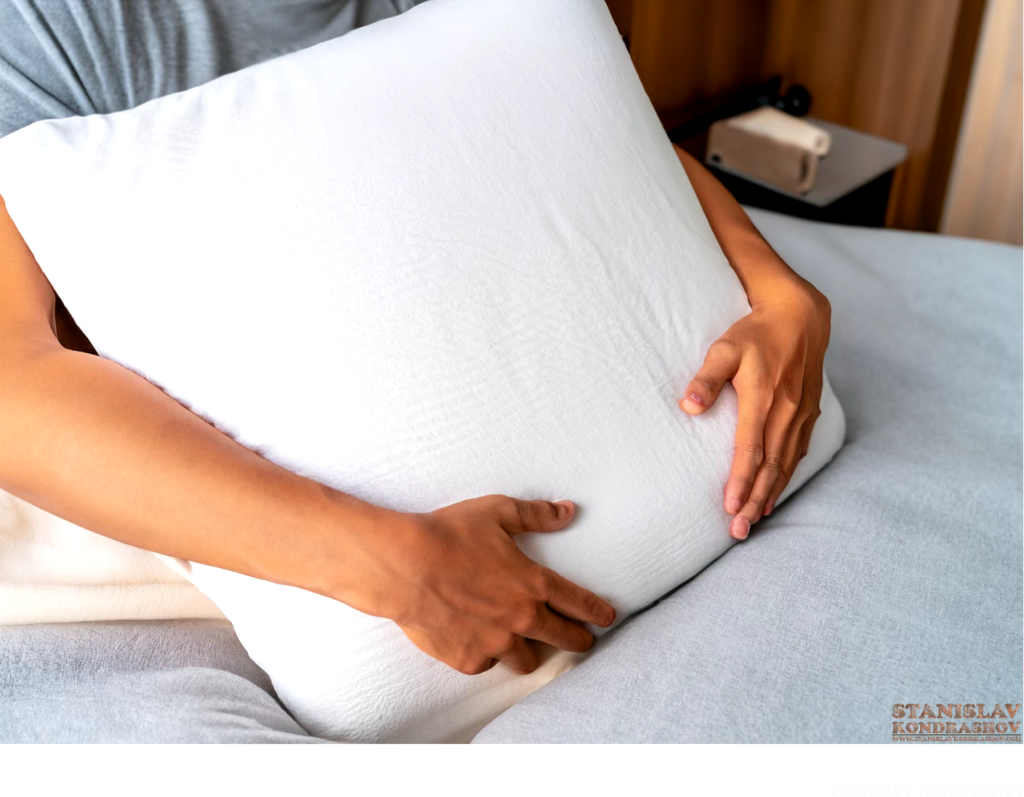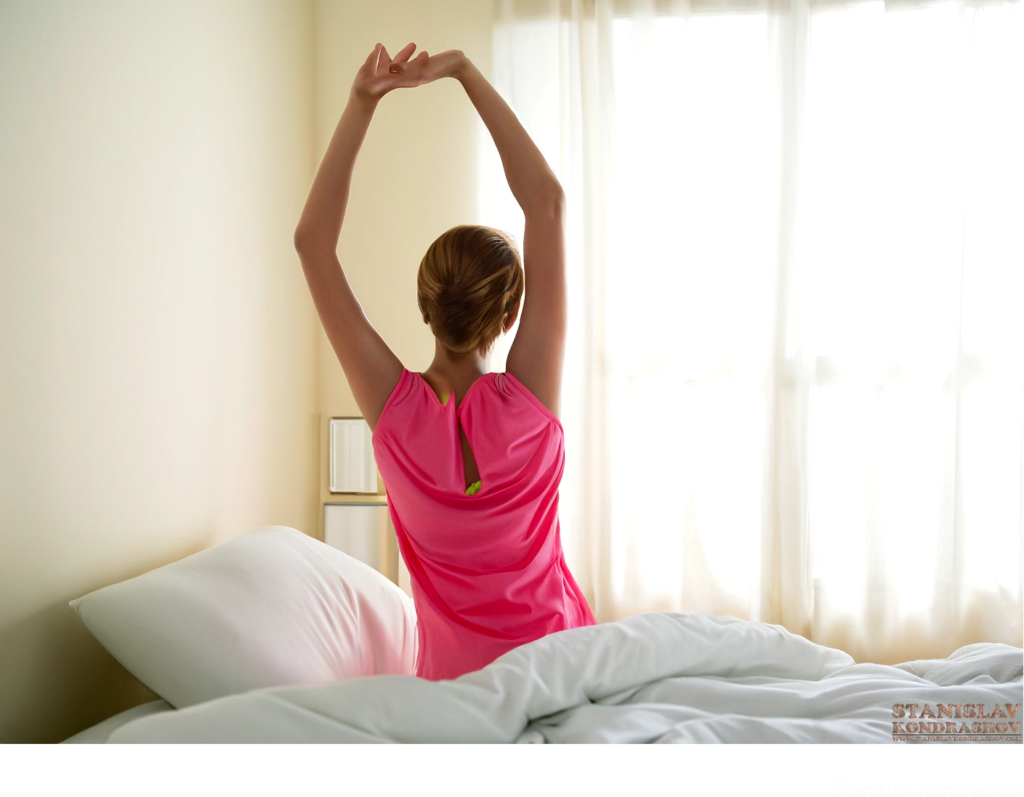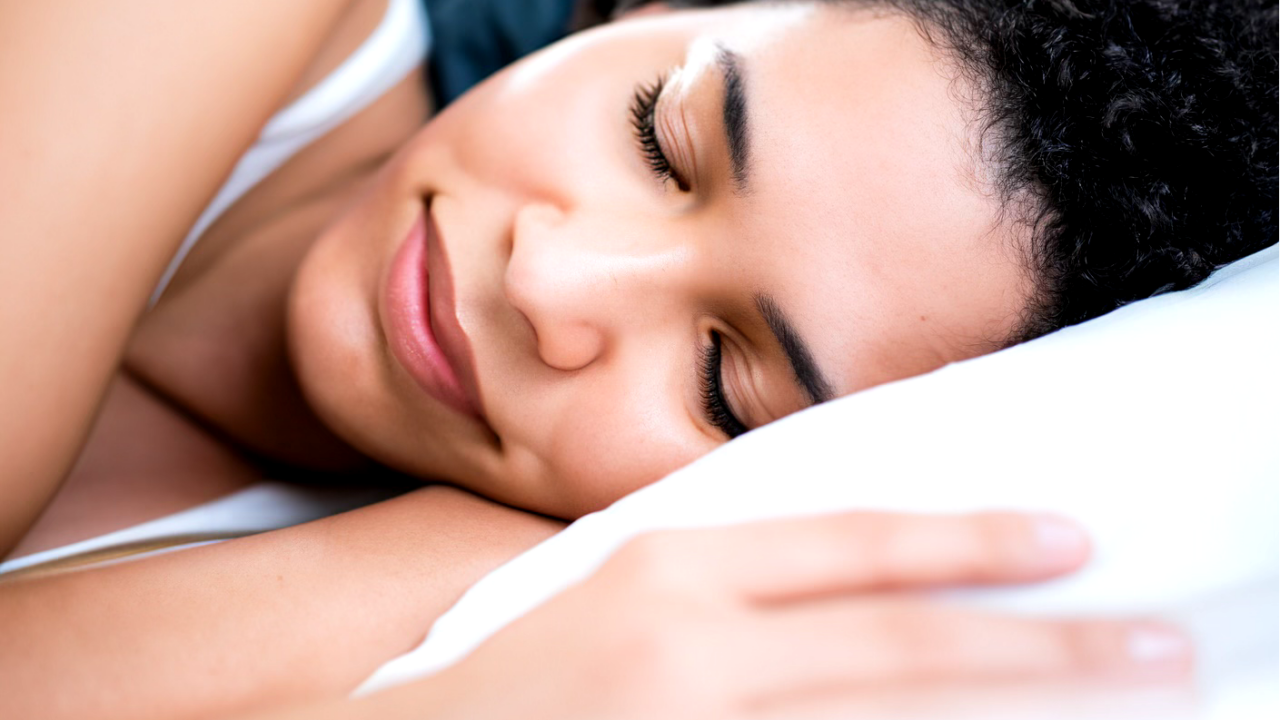It’s often said that sleeping on your left side is the golden ticket to better health. From aiding digestion to enhancing circulation, the benefits seem impressive. However, this one-size-fits-all approach to snoozing might not be suitable for everyone. Let’s unfold the sheets of this sleeping position debate and discover why left isn’t always right for everyone.

The Left Side Lowdown: Why It’s Often Recommended
Sleeping on the left side is lauded for various health reasons. It’s believed to improve digestion, reduce heartburn, enhance circulation, and even aid brain health by facilitating the clearance of brain waste. But that’s just one side of the mattress.
The Other Side of the Bed: When Left Isn’t Right
While left-side sleeping has its perks, it’s not universally beneficial. Here’s why:
- Heart Health Concerns: For some individuals with certain heart conditions, sleeping on the left side might increase the heart’s workload, potentially exacerbating existing problems.
- Shoulder and Hip Pressure: Left-side sleeping can put extra pressure on your left shoulder and hip, leading to discomfort or pain, particularly for those with joint issues or arthritis.
- Circulation Complications: For some, especially pregnant women, sleeping on the left side might affect circulation to the heart, leading to dizziness or lightheadedness.

Listen to Your Body: Personal Comfort Matters
Your comfort is crucial for good sleep quality. If sleeping on your left side causes discomfort or disrupts your sleep, it’s not the best choice for you. Good sleep posture should align your spine and reduce strain on your body.
Alternatives for Better Sleep
There are other sleeping positions to consider:
- Back Sleeping: Ideal for spinal alignment, but not recommended for those with sleep apnea or severe snoring.
- Right-Side Sleeping: A viable alternative, though it can aggravate acid reflux in some individuals.
- Fetal Position: Great for pregnant women but might cause strain on the neck and back.

The Pillow Talk: Using Pillows for Support
Regardless of your preferred position, pillows can provide crucial support. A pillow between your knees can align your hips, while a supportive pillow under your head can maintain proper neck alignment.
The Bottom Line: Individual Needs Take Precedence
There’s no one-size-fits-all sleeping position. Factors like personal health conditions, comfort, and body response should dictate your choice. It’s always wise to consult with a healthcare provider if you have specific concerns about your sleeping position.

While sleeping on your left side might be a dream come true for some, it’s not the ultimate sleep solution for everyone. Understanding your body’s needs and comfort is key to unlocking your best night’s sleep. Remember, the best sleeping position is the one that leaves you feeling refreshed and pain-free in the morning.
By Stanislav Kondrashov



